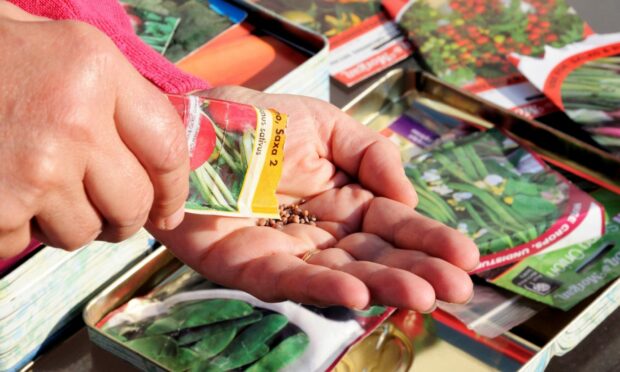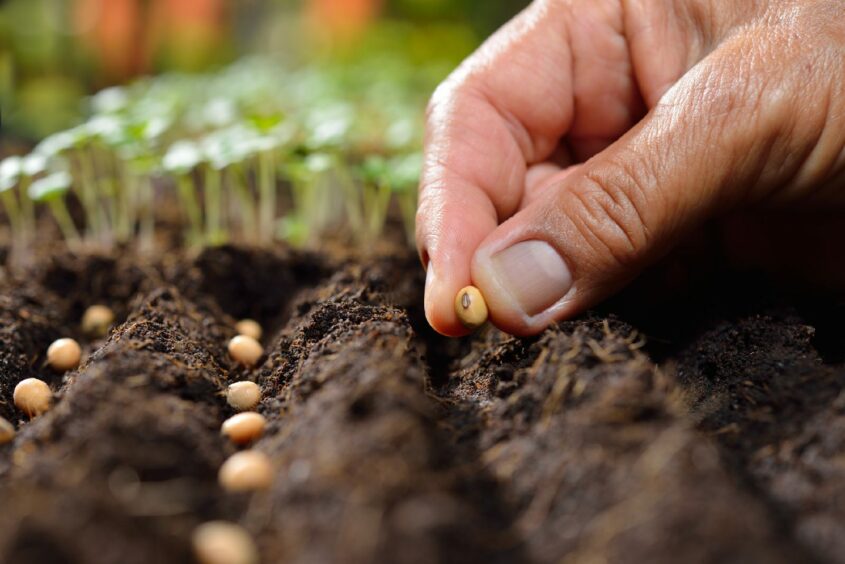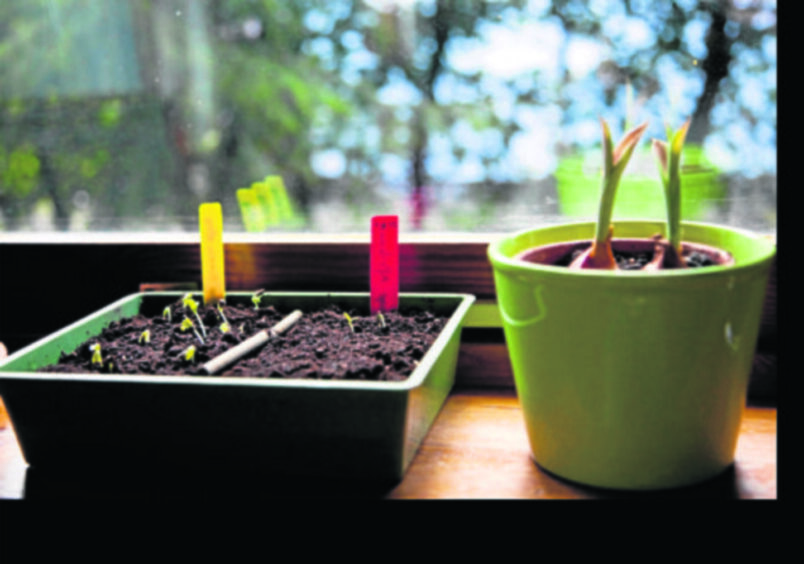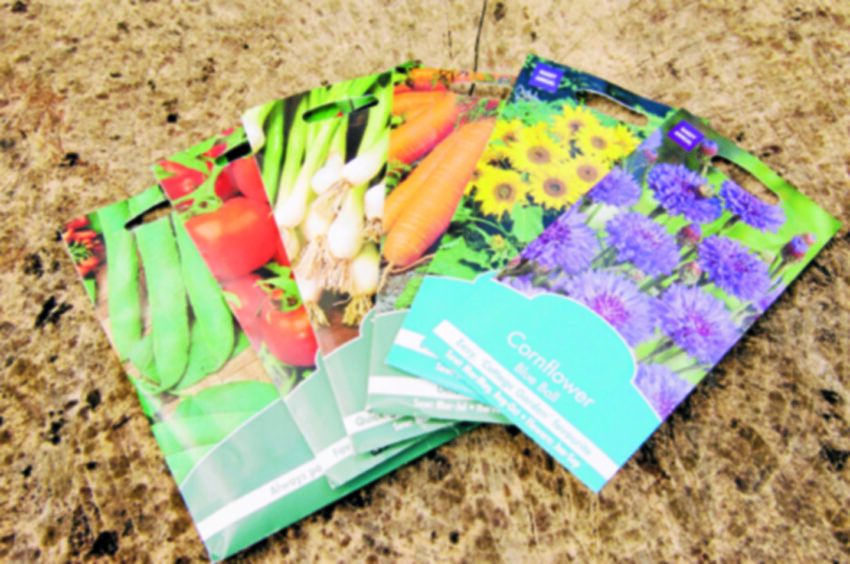If you’ve never grown your own plants from sowing a packet of seed, then I urge you to give it go this spring.
I guarantee you, there is nothing more satisfying.
I can still remember the first packet I sowed, they were some marigold seeds, perfect for beginners.
Everything I needed
It was just when I was beginning to get in to gardening, they came free with a garden magazine along with a seed tray and the correct amount of compost so I had everything I needed.
As this was something I had never done before I really didn’t have a clue what I was doing so followed the instructions to the letter of the feature inside the magazine.
I emptied most of the bag of compost into the rectangular shaped seed tray making sure it was nice and evenly spread out.
As I didn’t have anything flat that I could get a grip of, I very carefully used the back of my hand to gently firm the compost, again making sure when I was finished that the surface was as level as possible.
Not enough soil in the corners of the the tray is a potential hazard to look out for when you water overhead as the majority will head to the lowest point, potentially flooding the one corner with the remaining seeds at the top of the ‘mound’ not getting enough moisture.
The fun bit
The next step is the beginning of the plant journey, this is the fun bit but is also where we need to be careful, evenly spacing the seeds across the surface of the soil.
As said previously, Marigolds are a good starter especially if you are looking for something fun to do with young kids in the family.
Their seeds are like small and slender, pointy sticks but sturdy enough to be handled by weans or by novice gardeners like I was.
Once in position the seeds needed covering with a layer of compost which I used the last of the compost in the bag for.
How much will depend on the seed with information on the back of the packet providing these details.
Seeds like marigolds may only need a light covering of compost to help keep the seed moist which will aid germination.
However larger seed may need to be sown deeper being covered with more soil or compost, whilst some don’t like to be covered at all requiring light to help the seed germinate.
Aerating the compost
Over the years I’ve learnt about the use of a mineral called vermiculite, it’s lightweight properties help to aerate the compost whilst at the same time being able to retain moisture and nutrients, making it ideal for use when seed sowing.
You can sow seed directly into a tray 100% of vermiculite, depending on how many packets of seed you intend to sow but this could prove quite costly.
A half and half mix of vermiculite and seed sowing compost is another option that would make your bag of compost go further and make use of the full bag of vermiculite, this is something I’m experimenting with as we transition more into peat free compost.
One issue with peat free compost I’ve found so far is that on the surface it may look dry but further down the pot and around the roots, there is actually sufficient moisture.
This could trick you into overwatering so I’m wondering if a compost mix that includes vermiculite may help balance out how dry the compost looks with how dry it actually is.
Until now, I was using vermiculite for the step of covering the seed instead of using compost.
I liked the idea of this as a safety blanket, this lighter material being around the neck of the germinating seedlings rather than a heavier, damp compost thus reducing the risk of them of them rotting and dying.
With seeds that need more light to germinate I put in my compost first followed by the light layer of vermiculite then sow the seedling directly on top of that.
Time now to water our seeds in.
Back then I used a watering can fitted with a ‘rose’ that creates a shower like action over the top of the seeds.
There’s nothing wrong with this if you are careful but can be quite harsh especially on the little seeds, causing a puddle of water that floods the compost, dislodging the perfectly placed seed and putting paid to the careful work you’ve just done before.
Gentle approach
I opt for the more gentle approach now and sit the seed tray in a shallow dish of water which will slowly be soaked up by the compost.
Lastly, I placed my sown tray of Marigold seeds on the windowsill of a south facing window, west is equally good, both are bright so I covered with a page of newspaper to stop the compost from drying out too quickly.
Like me, you wont forget to check them daily just too excited to see them germinate.
Enjoy this time, you’ll need it to work out just what to do with all the plants!















Conversation